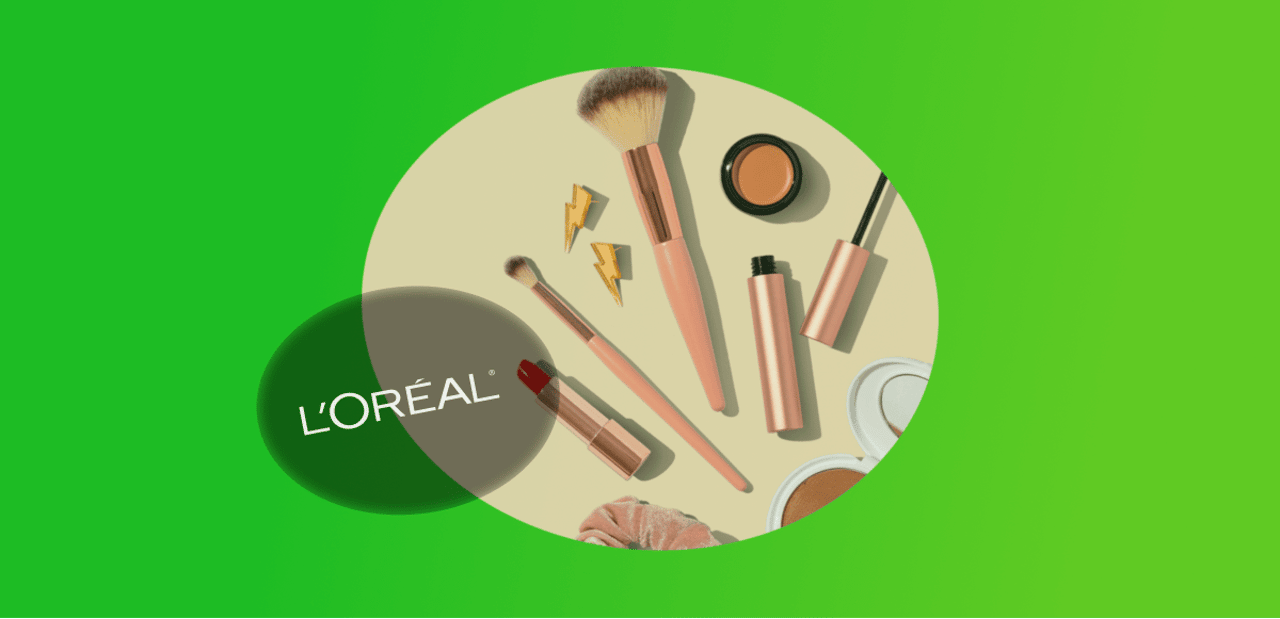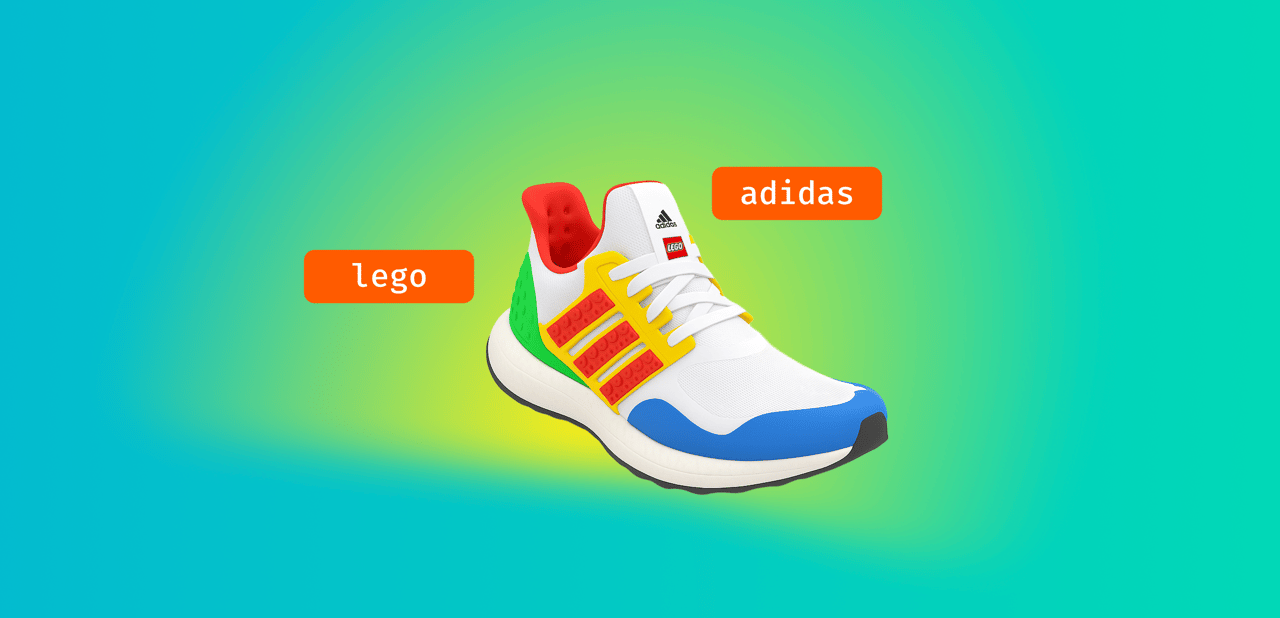L`Oreal: Improving Brand Communication with Social Media Listening

Social media monitoring has been helping L`Oreal understand the desires of their clients and speak the same language with them for the past two years. We have talked to Marina Tarandiuk, a Marketing Research Specialist at L`Oreal, about the benefits of social media monitoring for large brands and what kind of insights they can find among numerous brand mentions.
In what cases is social media monitoring necessary for you?
For the most part, we conduct SML research when we need to find out what our customers say about our brand/product/topic and which words they use to do it.
We do conduct traditional research as well and ask questions directly. These surveys are different because we provide a variety of readymade answers that respondents choose from. Thus, we limit them in terms of statements and their wording.
The key value of SML for us is the opportunity to collect people's opinions that are as “natural” as possible. When someone leaves a review online, they are in a comfortable environment, they use their “own” language to express themselves, there is no interviewer standing next to them and potentially causing shame for their answer.
The analytics of “natural” and honest opinions of our customers enables us to implement the results in our communication and use the same language as them.
How do you use this data?
One of our recent studies` had a goal to find out which words our clients used to describe positive and negative qualities of a foundation. Due to a change in a product`s formula, we also decided to change the communication around it.
Based on the opinions of our customers, we can сonsolidate the existing positive ideas that our clients have about the product.
We have received a consumer glossary from the research team at YouScan and we have found it extremely helpful.
What else have you managed to discover?
Our second goal was understanding the attitude towards the product`s price. The sample group was relatively small which is why we cannot extrapolate it on all of our customers, but we have managed to discover several important insights.
For instance, we have realized that it was important to study the product price and quality correlation as a separate issue in our next research instead of simply asking about the attitude towards the price.
This insight encouraged us to verify obtained information with the help of qualitative research and to create a plan with our next steps based on its outcome.
So, you use data that you obtain from SML research as the foundation for your upcoming surveys?
That is one of the ways in which we use it. As you can see in the second case, SML became a tool for finding insights that we then verified with additional research.
We use the results of SML research to get a foundation for our questionnaires.
We do not need to come up with answers that might be irrelevant for our customers. It is enough for us to use the phrases that we have uncovered with the help of SML.
We use this algorithm relatively often: we get valuable insights and we verify them with a bigger sample group.
Do you use social media monitoring to conduct competitive analysis?
Yes, we do. Social media monitoring for competitive analysis is helpful in two cases. Firstly, when you analyze a particular product category in order to understand which brands people mention within a certain segment.
For example, after our dry shampoo launch, we conducted SML research. We were able to use its results in three dimensions: key points, barriers, customer experience with dry shampoo; comparative overview of our competitors in this category; our brand positioning among competitors.
Secondly, when we analyze our brand/product, we always try to find out which brand a customer switched from. SML does not always provide us with a full picture due to a limited database of mentions. However, we make an effort to get insights and to verify them with our internal data or by conducting additional qualitative research.
Do you monitor sentiment changes in regards to products and their causes?
Yes, we always try to analyze this data in motion; we look at the share of voice and the sentiment throughout different periods.
Abrupt changes in the number of mentions - negative or positive - can have different reasons. For the most part, they are mentions that come from contests where participants leave comments about a brand or product under a post. This is another way to analyze the results of digital campaigns.
In the case of the foundation, we were focused on getting an overview of particular periods (before and after the changes). We had renovated the product and we wanted to find out how our customers perceived it.
This is why we collected reviews about the product before and after the renovation and we conducted comparative analysis to find out which characteristics became worse or better according to our customers. When we received the results, we realized that there were several important characteristics that we needed to talk about in our communication with our customers.
Do you use SML to find bloggers for collaborations?
Yes, we use different approaches to find bloggers and SML is one of them. With the help of SML, we look for people who already use our products, share reviews, and talk about our products with their audiences.
It does not necessarily have to be a blogger with a huge audience. What matters more is that they share the brand's values, they actually use it on a day-to-day basis, and they share their experiences with their followers.
Where did the need to conduct research based on social media data come from?
We began actively conducting SML research two years ago. We concluded that people were spending more and more time online, reading/writing reviews, looking for necessary information about our brand on various online platforms.
The latest trends show that real reviews about a product are becoming more significant for consumers, thus consumer sentiment monitoring helps us to keep our eyes on the ball.
We often need to conduct SML research after we launch new products. It makes sense to do it from 3 to 6 months after the launch as it is essential to find out what customers say about the new product, how they describe their customer experiences, what they like and dislike. It helps us understand what to do next.
Have you tried conducting similar research with the help of other social media monitoring systems? What advantages of YouScan can you emphasize in comparison to its competitors?
Yes, we have tried other social media monitoring systems. Overall, our company deals with two types of SML research.
The first one is when we use software and our own resources to conduct SML research. The second is when an agency does it, beginning with a brief and ending with results and recommendations.
In both cases, we have worked with different agencies and different social media monitoring systems. For us, these are YouScan`s key advantages as a social media monitoring system (where we conduct in-house research): easy-to-understand and quick interface, automatic sentiment detection feature, the ability to analyze vast amounts of mentions, interactive and clickable graphs that are initially built into the system, as well as mention search via visual analysis and getting an advice from the vendor with respect to the received data.
YouScan`s key advantages as an agency (when they do their own research) are the level of the team`s involvement in each project and the analytical capabilities. When we collaborate on research-related projects, we do not only expect graphs and numbers in reports, but also - analytics provided by the team, their own perception, and recommendations.
It is a great way to discover “fresh” opinions from the outside about a product that you have been working with for years.




